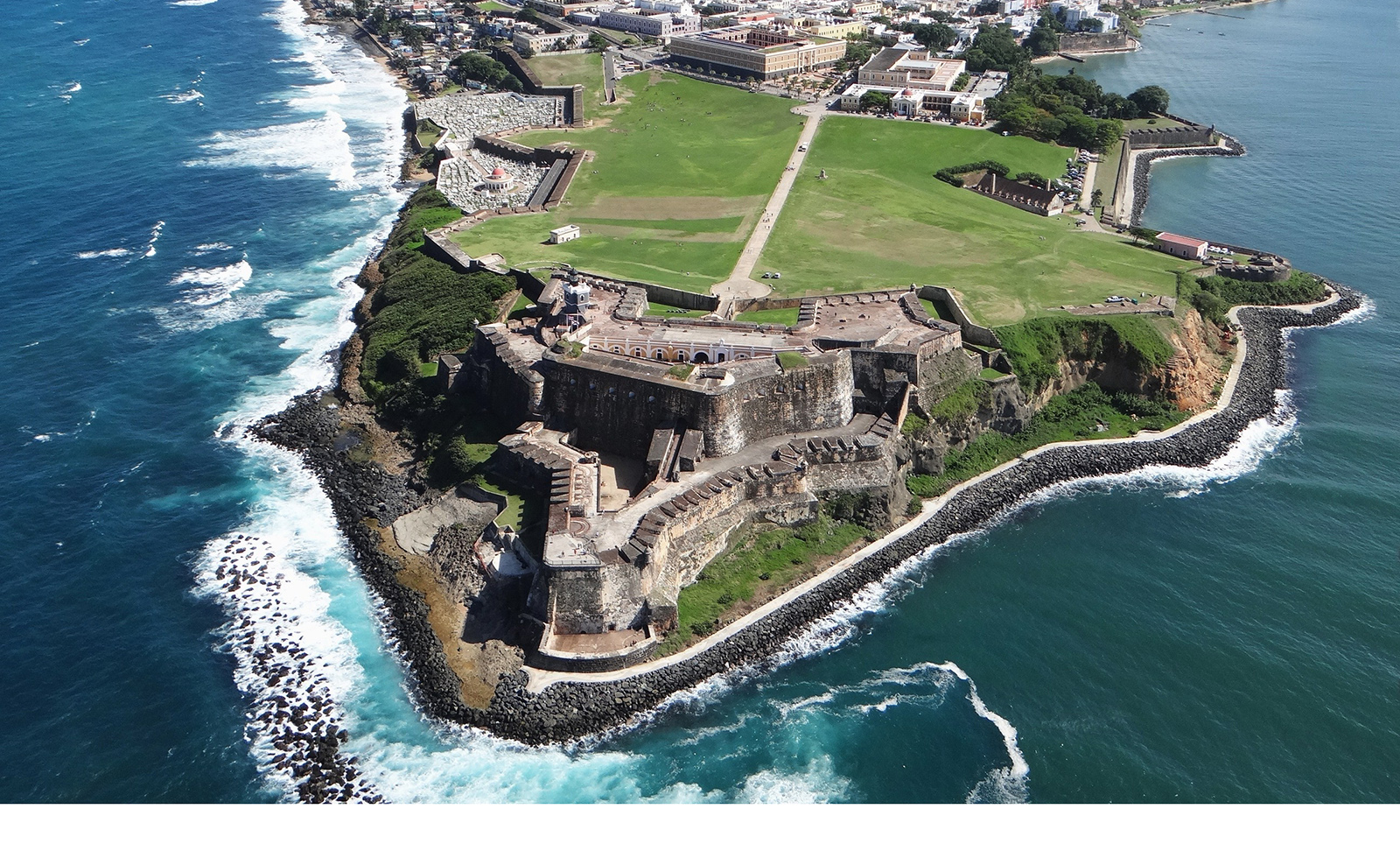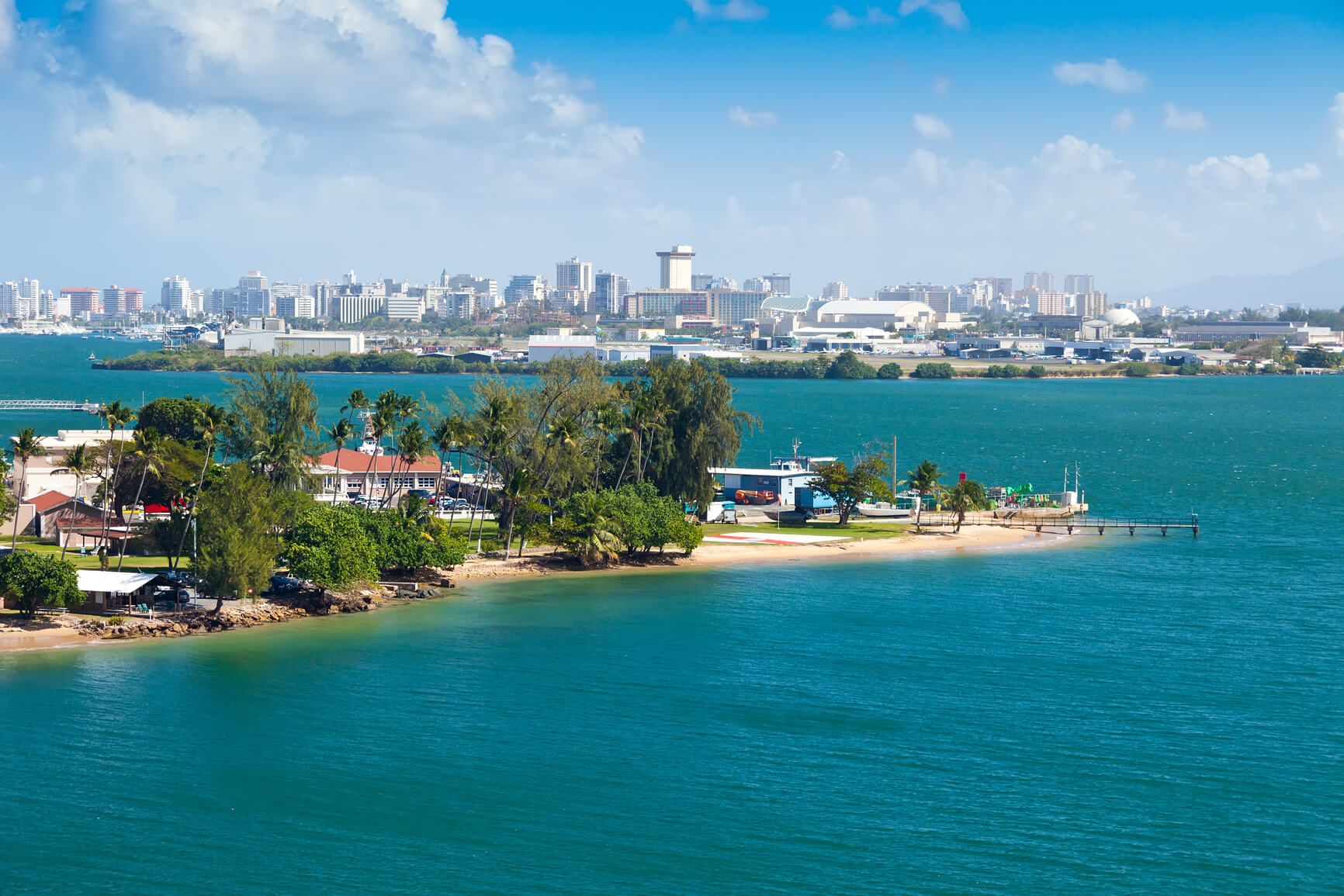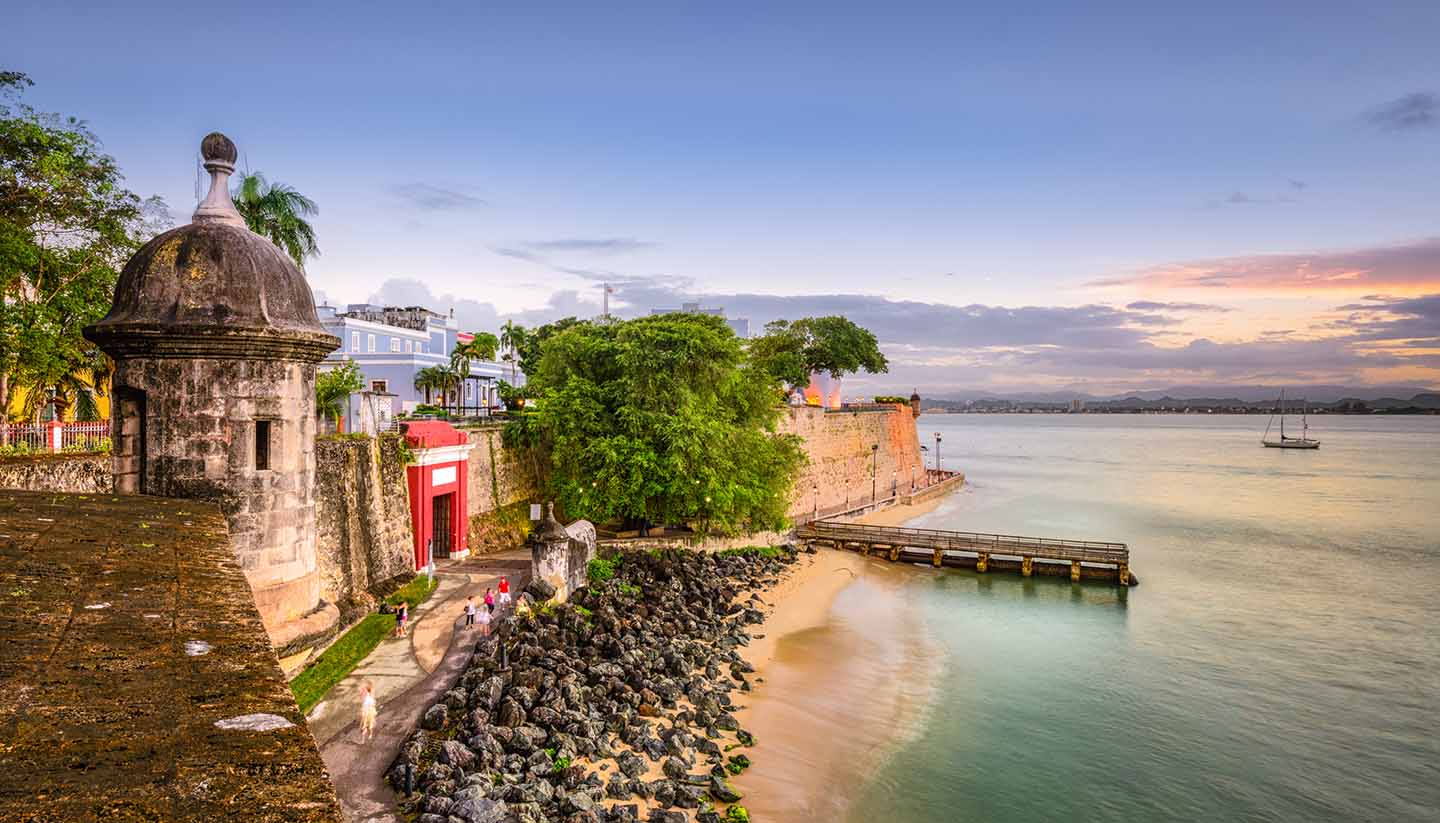Cultural Heritage: Puerto Rico

Puerto rico – Puerto Rican cultural heritage is a rich tapestry woven from the threads of Spanish, African, and Taino cultures. This vibrant heritage is reflected in the island’s music, dance, cuisine, and traditions.
The Spanish influence is evident in Puerto Rico’s language, architecture, and religious practices. The African influence is seen in the island’s music, dance, and cuisine. The Taino influence is found in the island’s art, crafts, and traditions.
Puerto Rico’s shores have faced the wrath of hurricanes in the past. The island’s vulnerability to tropical cyclones is a constant concern. Currently, the projected path of Hurricane Beryl ( beryl projected path ) is being closely monitored. Residents are urged to stay informed and take necessary precautions to ensure their safety.
Puerto Rico’s resilience in the face of adversity has been tested time and again, and the community stands ready to weather this storm as well.
Music
Music is an integral part of Puerto Rican culture. The island’s music is a blend of Spanish, African, and Caribbean influences. Some of the most popular genres of Puerto Rican music include salsa, merengue, and bomba.
Puerto Rico is a beautiful island with a rich history and culture. However, it is also prone to hurricanes. Hurricane Beryl is the first major hurricane of the 2023 Atlantic hurricane season. It is expected to pass near Puerto Rico on July 12th.
Residents should be prepared for heavy rain, flooding, and power outages. Puerto Rico is a resilient island, and its people will get through this storm together.
Dance
Dance is another important part of Puerto Rican culture. The island’s dances are a reflection of its diverse heritage. Some of the most popular Puerto Rican dances include salsa, merengue, and bomba.
Cuisine
Puerto Rican cuisine is a delicious blend of Spanish, African, and Caribbean flavors. The island’s cuisine is known for its use of fresh ingredients and bold flavors. Some of the most popular Puerto Rican dishes include mofongo, arroz con gandules, and lechón.
Tourism and Economy

Puerto Rico’s vibrant culture, stunning natural beauty, and rich history have made it a popular tourist destination. The island offers a diverse range of attractions, including pristine beaches, lush rainforests, historical landmarks, and vibrant cultural experiences.
Tourism is a major economic driver for Puerto Rico, contributing significantly to the island’s GDP and creating numerous jobs. However, it also presents challenges related to sustainability and the preservation of the island’s natural and cultural heritage.
Natural Wonders
- El Yunque National Rainforest: A lush rainforest with hiking trails, waterfalls, and abundant wildlife.
- Bioluminescent Bays: Three bays that emit a magical glow at night due to bioluminescent plankton.
- Camuy River Cave Park: An extensive cave system with underground rivers, sinkholes, and stunning rock formations.
Historical Sites, Puerto rico
- Old San Juan: A charming historic district with cobblestone streets, colorful buildings, and historic landmarks.
- El Morro Fortress: A 16th-century fortress that played a crucial role in defending the island from invaders.
- San Juan National Historic Site: A UNESCO World Heritage Site that includes El Morro Fortress, Castillo San Cristóbal, and other historic fortifications.
Cultural Landmarks
- Museo de Arte de Puerto Rico: A renowned art museum featuring a vast collection of Puerto Rican and international art.
- Museo de la Música Puertorriqueña: A museum dedicated to the rich musical traditions of Puerto Rico.
- La Placita de Santurce: A vibrant market square known for its street food, live music, and colorful atmosphere.
Economic Impact of Tourism
Tourism is a vital industry for Puerto Rico, generating billions of dollars in revenue annually and creating numerous jobs in various sectors, including hospitality, transportation, and retail. It has also spurred the development of infrastructure, such as hotels, resorts, and attractions, contributing to the overall economic growth of the island.
Challenges and Opportunities for Sustainable Tourism Development
While tourism offers significant economic benefits, it also presents challenges related to sustainability. The influx of tourists can strain the island’s natural resources, such as water and energy, and contribute to environmental degradation. Additionally, the development of tourist infrastructure can impact the island’s cultural heritage and displace local communities.
To address these challenges, Puerto Rico is exploring sustainable tourism practices that balance economic development with the preservation of the island’s natural and cultural resources. This includes promoting eco-friendly tourism, supporting local businesses, and implementing responsible waste management and conservation measures.
History and Politics

Puerto Rico’s history is a complex and fascinating one, marked by both periods of great progress and periods of great hardship. The island was first inhabited by the Taíno people, who were eventually conquered by the Spanish in the 16th century. Puerto Rico remained a Spanish colony for over 400 years, during which time it was a major center of the slave trade and the sugar industry. In 1898, the United States took control of Puerto Rico as a result of the Spanish-American War. Puerto Rico has been a US territory ever since, and its political status remains a matter of debate.
Puerto Rico’s political status is unique. It is not a state, but it is also not a fully independent country. Puerto Ricans are US citizens, but they cannot vote in presidential elections and they do not have full representation in Congress. There are three main options for Puerto Rico’s future: independence, statehood, or continued commonwealth status. Independence would mean that Puerto Rico would become a fully independent country, while statehood would mean that it would become the 51st state of the United States. Continued commonwealth status would mean that Puerto Rico would remain a US territory, but with more autonomy than it currently has.
Independence
The independence movement in Puerto Rico has a long history. The first major independence movement began in the 19th century, and there have been several other independence movements since then. The most recent independence movement gained momentum in the 1950s and 1960s, and it led to a plebiscite on Puerto Rico’s political status in 1967. The plebiscite resulted in a vote for continued commonwealth status, but the independence movement has continued to grow in recent years.
Statehood
The statehood movement in Puerto Rico is also a long-standing one. The first major statehood movement began in the early 20th century, and there have been several other statehood movements since then. The most recent statehood movement gained momentum in the 1990s and 2000s, and it led to a plebiscite on Puerto Rico’s political status in 2012. The plebiscite resulted in a vote for statehood, but the US Congress has not yet acted on the results of the plebiscite.
Continued Commonwealth Status
Continued commonwealth status is the current political status of Puerto Rico. Under commonwealth status, Puerto Rico is a self-governing territory of the United States. Puerto Ricans are US citizens, but they cannot vote in presidential elections and they do not have full representation in Congress. Commonwealth status has been the subject of much debate in recent years, and there is growing support for either independence or statehood.